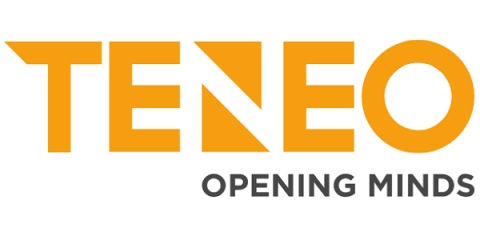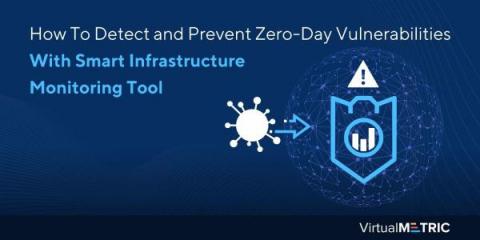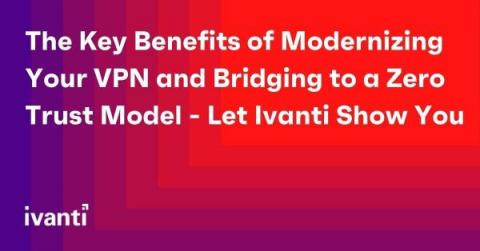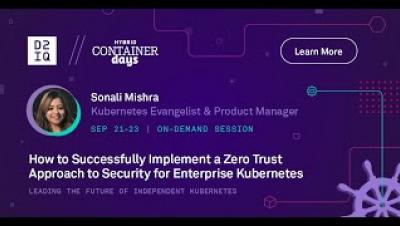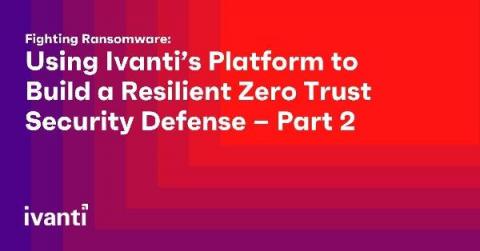Zero Trust Network Access (ZTNA) vs VPN: the core evolution
According to Gartner, by 2023, 60% of enterprises will phase out their VPN in favor of Zero Trust Network Access (ZTNA). In this blog, discover the four key advantages of ZTNA vs VPN. VPN (Virtual Private Network) has been the dominant solution securing remote access for users and has been considered a good solution for almost three decades. VPN benefits included keeping data secure, protecting online privacy, and reducing bandwidth throttling.


